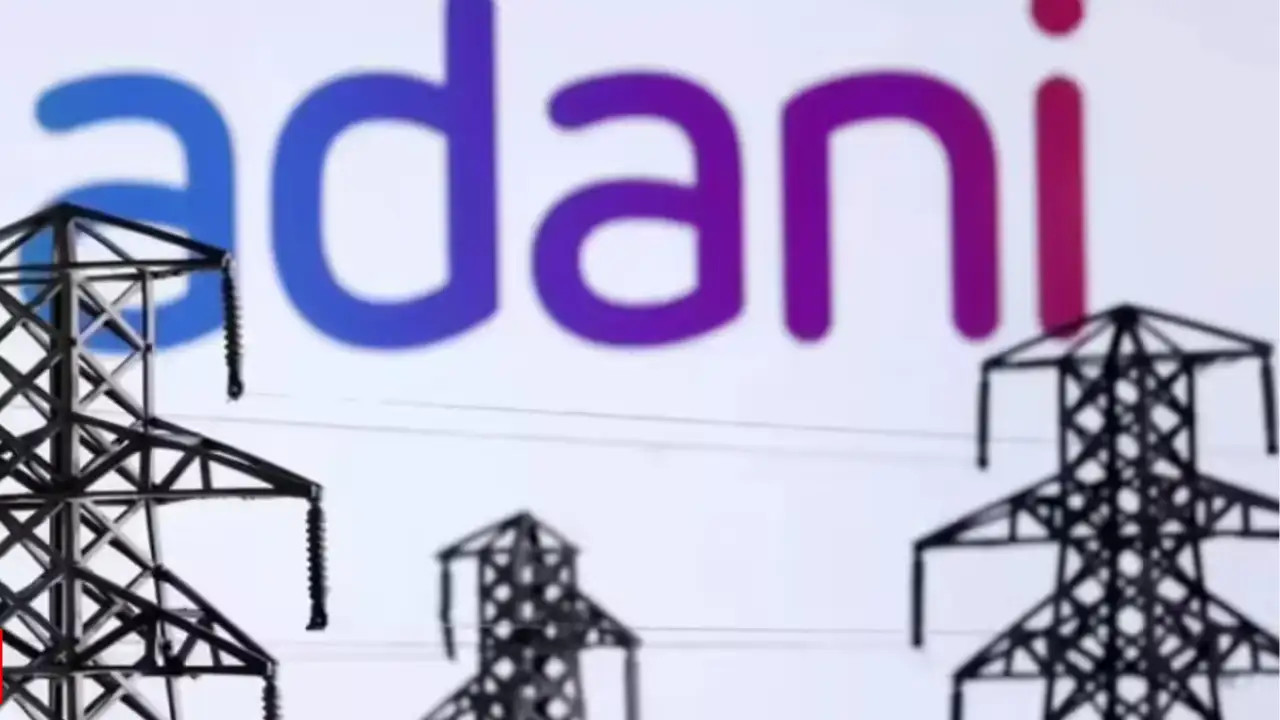Adani Power’s net profit decreased to Rs 3,305 crore in the April-June quarter. Revenue also saw a dip, reaching Rs 14,167 crore. EBITDA stood at Rs 5,744 crore. The company’s installed capacity increased to 17,550 MW after acquisitions. Total debt reached Rs 44,372 crore. The Godda plant is receiving regular payments. Adani Power aims for 30 GW capacity by 2030.
Adani Power’s Q1: A Look Beyond the Numbers
Adani Power recently released its first quarter results, and the headlines paint a somewhat mixed picture. While the company remains profitable, a closer look reveals a narrative more nuanced than a simple year-on-year comparison. The profit dipped, yes, but understanding why requires digging into the operational details and the broader economic landscape. Let’s break it down, avoiding the usual financial jargon, and see what it really means for the power giant.
Profit Decline: Peeling Back the Layers
The company reported a net profit of ₹3,305 crore for the quarter, a decrease of about 16% compared to the ₹3,945 crore earned in the same period last year. On the surface, that looks like a significant drop. However, several factors contributed to this, making it less alarming than it initially appears.
One primary driver was lower tariffs. Power generation is a heavily regulated industry, and changes in tariff structures directly impact revenue. These adjustments, while potentially squeezing profit margins in the short term, are often part of a larger strategic plan, focusing on long-term agreements and reliable supply contracts.
Another contributing factor was increased fuel costs. The global energy market has been volatile, to say the least. Fluctuations in coal prices, for example, directly affect the cost of generating power. These elevated fuel costs put pressure on profitability, especially when tariffs are fixed or adjusted with a lag. It is worth noting that while some companies have struggled to cope with rising expenses, Adani Power has navigated the storm successfully, maintaining profitability even under these challenging circumstances. This speaks volumes about their operational efficiency and strategic sourcing capabilities.

Revenue Realities: More Than Meets the Eye
The story behind the revenue numbers is equally complex. Revenue from operations also saw a decline, primarily due to these aforementioned lower tariffs. However, focusing solely on revenue can be misleading. The energy sector is about more than just top-line numbers; it’s about reliability, efficiency, and contributing to the nation’s growing energy needs.
While revenue may have dipped, the company’s commitment to generating and distributing power remained steadfast. This is crucial in a country like India, where reliable power supply is essential for economic growth and development. Adani Power’s continued operation, even amidst financial pressures, highlights its commitment to fulfilling its role in the nation’s energy infrastructure.
Looking Ahead: Powering the Future
So, what does this all mean for the future? While the first quarter results present a mixed bag, there are reasons to remain optimistic about Adani Power’s long-term prospects. India’s energy demands are only going to increase, fueled by economic growth and urbanization. Companies that can reliably generate and distribute power, even during periods of market volatility, are well-positioned to capitalize on this growth.
Furthermore, Adani Power is actively exploring renewable energy sources and implementing more efficient technologies. This commitment to sustainability will not only help the environment, but will also improve the company’s financial resilience in the long run. Diversification of energy sources is a key strategy for navigating future fluctuations in fuel prices and regulatory changes. This shift towards renewable energy represents a strategic move towards a more sustainable and profitable future. You can read more about similar shifts happening in the energy sector on [our page about renewable energy investments](renewable-energy-investments).
Adani Power’s first quarter performance, while not without its challenges, should be viewed within the context of a rapidly evolving energy landscape. The company’s ability to adapt to changing market conditions, invest in sustainable technologies, and maintain its commitment to reliable power generation will be key to its long-term success. The numbers tell a story, but it’s the story behind the numbers that truly matters.
The Long Game in the Energy Sector
Ultimately, judging a power company solely on a single quarter’s results is short-sighted. The energy sector is a long-term game, requiring significant investment, strategic planning, and a deep understanding of the complex interplay between regulations, fuel costs, and growing demand. Adani Power’s ability to navigate these complexities, adapt to changing market conditions, and maintain its commitment to reliable power generation will determine its long-term success in powering India’s future. And while profitability is essential, the true measure of success lies in contributing to the nation’s energy security and sustainable development.







